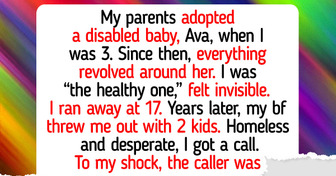My Boyfriend Let His Friends Humiliate Me, So I Gave Him a Taste of His Own Medicine

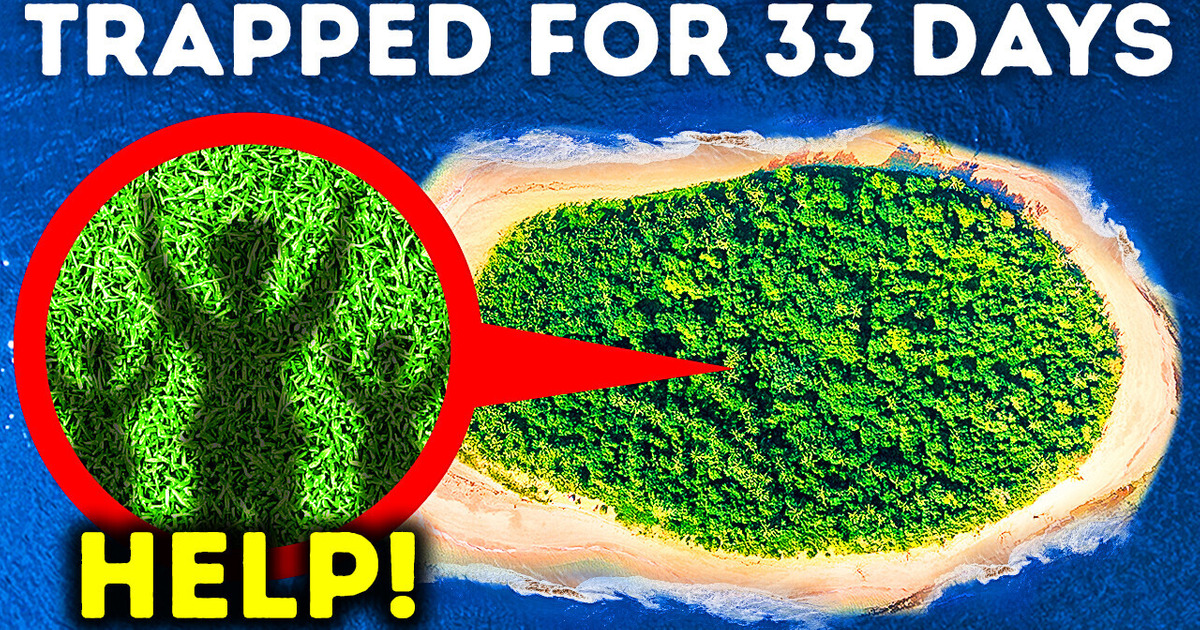
It was a routine flyover for the Coast Guard. Miles and miles of deep blue ocean. Suddenly, guardsmen noticed a makeshift flag on a deserted island between Key West and Cuba. They lowered from 500 feet to see what was going on there.
Two men and a woman were waving hands in distress. It was apparent they needed immediate help. The crew couldn’t land at once because of the bad weather, but they dropped some food, water, and a radio to discover why they were there.
They learned the castaways had been there in the Bahamas for a whopping 33 days already. Their boat hit a storm and capsized, and all they could do was swim to the nearest island. They also informed the crew the woman needed help as soon as possible.

The next day, the rescue crew arrived in a helicopter and took the castaways to a hospital in Key West. This helped them avoid any serious consequences for their health. Everyone who took part in the rescue operation was surprised at how well the rescuers handled the situation and how coherent their speech was. So, 5 weeks on an island with no food or drinkable water sources. How did they survive, you might ask.
Well, they were smart enough to have used coconuts to stay hydrated and conches for food. And they did a great job building the flag for prospective rescuers to see. That’s one of the secrets of surviving if you ever find yourself in a similar situation. Burn damp or wet wood to produce some smoke. Arrange flares in a triangle, pile large rocks spelling out S.O.S. or HELP — these are all internationally recognized distress signals.
If you’re changing your location for some reason, leave an arrow made out of rocks, showing which direction you went. To ensure the rescuers can not only see you but hear you, make a whistle out of an acorn! Hold an acorn cap with both hands between your thumb and index finger. Make a triangle with your thumbs near the top of the acorn. Hold it close to your mouth and let some air through that triangle in the cap. You gotta practice a bit to make a loud sound. Ouch, that was too loud.
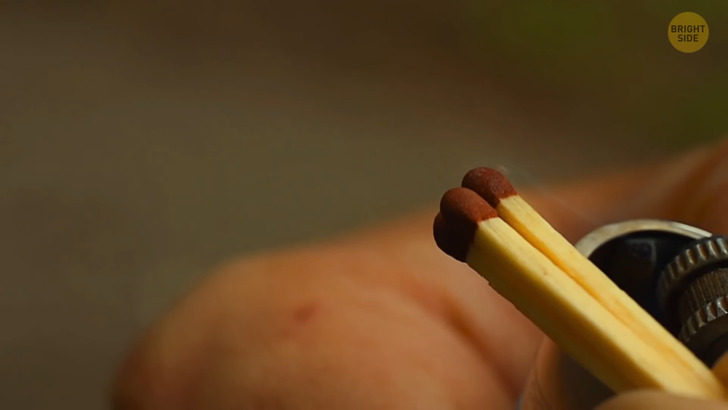
If you get lost, remember the Rule of Three to stay calm and do the right things in the correct order. You can survive 3 minutes without air, 3 hours in extreme temperature, 3 days without water, and 3 weeks without food. So, start with building a shelter, then get water, and only then take care of the food. If you’re in better luck than the Bahamas castaways and have some matches with you, make them waterproof. Cover them with a thin layer of transparent nail polish and let them dry well. To always have something to light them with, glue a piece of sandpaper to a plastic box lid and put matches inside.
Packing for a hike? Cotton clothing won’t keep you safe and warm out in the wild. It takes forever to dry from sweat or rain, and wet clothes lose heat 25 times faster than dry clothes. If you don’t want to freeze, go for polyester, nylon, or wool. Pack some microfiber towels with you that dry in one hour.
What is that buzzing? Before you run away in horror, remember that the presence of bees is a good sign. They usually don’t go further than 4–5 miles away from a water source. But it looks pretty dirty, huh? You can use your T-shirt or a bandana as a water filter. Put one end of it in a container filled with muddy water standing above an empty container for clean water. The other end goes in there, and the water pours in, cleaning itself on the way. Make sure to boil the filtered water before you drink it.

Ran out of water? The trees have got you covered! They always lose some water to the atmosphere, and it’s all yours to trap. Find a thick green tree with a lot of branches. Around sunrise, tie a plastic bag over the branch with the most leaves to cover them completely. Add a small rock to the bag to weigh it down a bit. During the day, the water from the leaves will condense right into your bag. The final product will be so pure you won’t even need to filter it.
If you see a halo around the Sun, it’s a clear sign low pressure is approaching. And, it will surely bring some rain or snow in the next 24 to 36 hours. If the halo is broken, you can even predict where the storm is coming from — right from the damaged side.
Sounds like a storm is coming! You can make yourself a waterproof trash bag mini shelter to come out of it dry and warm. Just make a hole for your face and put it on. Use two bags to keep your feet dry, too. If you hear thunder, count the seconds between it and the lightning flash. If it’s less than 30 seconds, you have to hide somewhere because the storm is too close. If you can’t do that, stay away from tall lone trees. If you’re in a group, spread out to minimize the risks of everyone getting shocked.
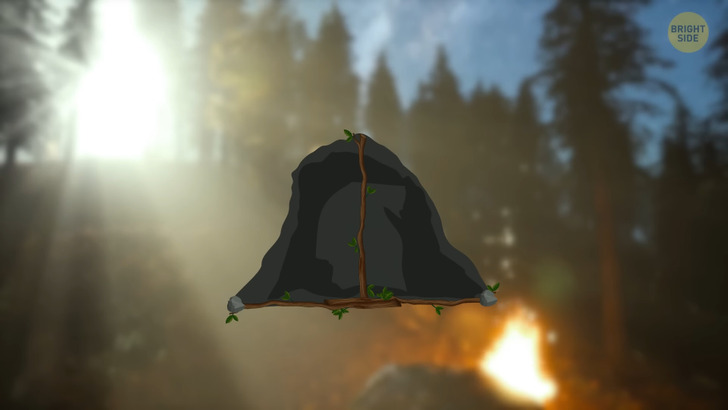
You can also build an A-Frame shelter out of a trash bag. Find some sticks for the central rib. Split the bag into a blanket and cover the rib with it. Use four rocks to keep the corners down. Trash bag or no trash bag, never build your shelter on damp ground or on the top of hills. The wind might get extra strong at night, and there will be no trees to protect your shelter from flying away.
Now that you’ve got yourself some shelter, make a good bed inside. Use dry leaves or grass. Get them under your clothes or blankets for an extra layer of insulation. This tip works both for winter and summertime — you always risk losing more body heat than you can produce.
Don’t have a rope on you? You can make one yourself out of plants! Find some long grasses, or even better, dry ones, and weave them together in a braid or just a cord. You can also use bark from trees or branches you find on the ground.
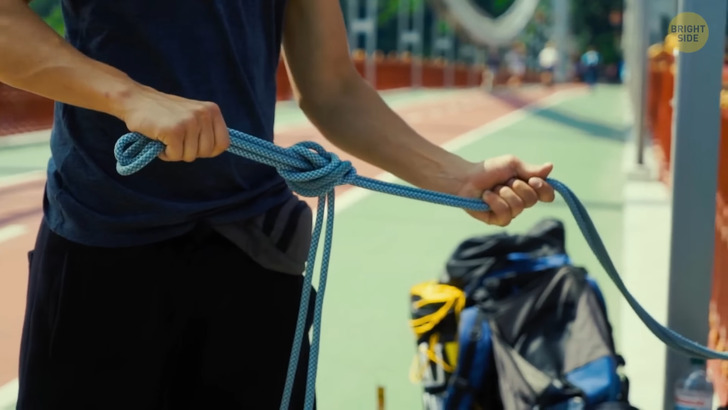
Before you venture into the wild, especially the wild with plenty of bushes and thickets, make sure your shoelaces won’t get caught on the branches. Tape the loose ends with duct tape to your upper ankle — and voilà, you won’t fall, at least because of tangled laces. As you prepare for your adventure, master at least one basic knot. Trust me; it can be life-saving.
The bowline will help you if you need to attach something to a rope via a loop. The tighter you pull, the tighter the knot gets. Lay the rope across your hand and form a small loop in it. Pull the free end up and take it through the eye from the underside. Sounds too complicated? Remember it like this: the rabbit comes out of the hole, around the tree, then back down the hole. So yes, you gotta wrap the line around the standing line and take it back down through the loop. Now tighten it, and your knot is ready.
If you have some food on you that you’d like to keep edible for longer, put it into a plastic bag or thin fabric and seal it up. You can use a rubber band, a hair tie, or a bungee cord. Dig a hole in the loose soil deep enough to host your food. Cover it with a hand towel, so hungry animals don’t find it before you. Refill the hole with soil and add some moss, straw, or leaves to smooth it down. If there’s some ice or snow available, use it for a super cooling effect. Be sure to mark your cache somehow, so you can find it later. Now you have 2–3 days before the perishables go bad.




